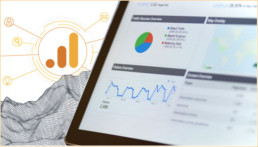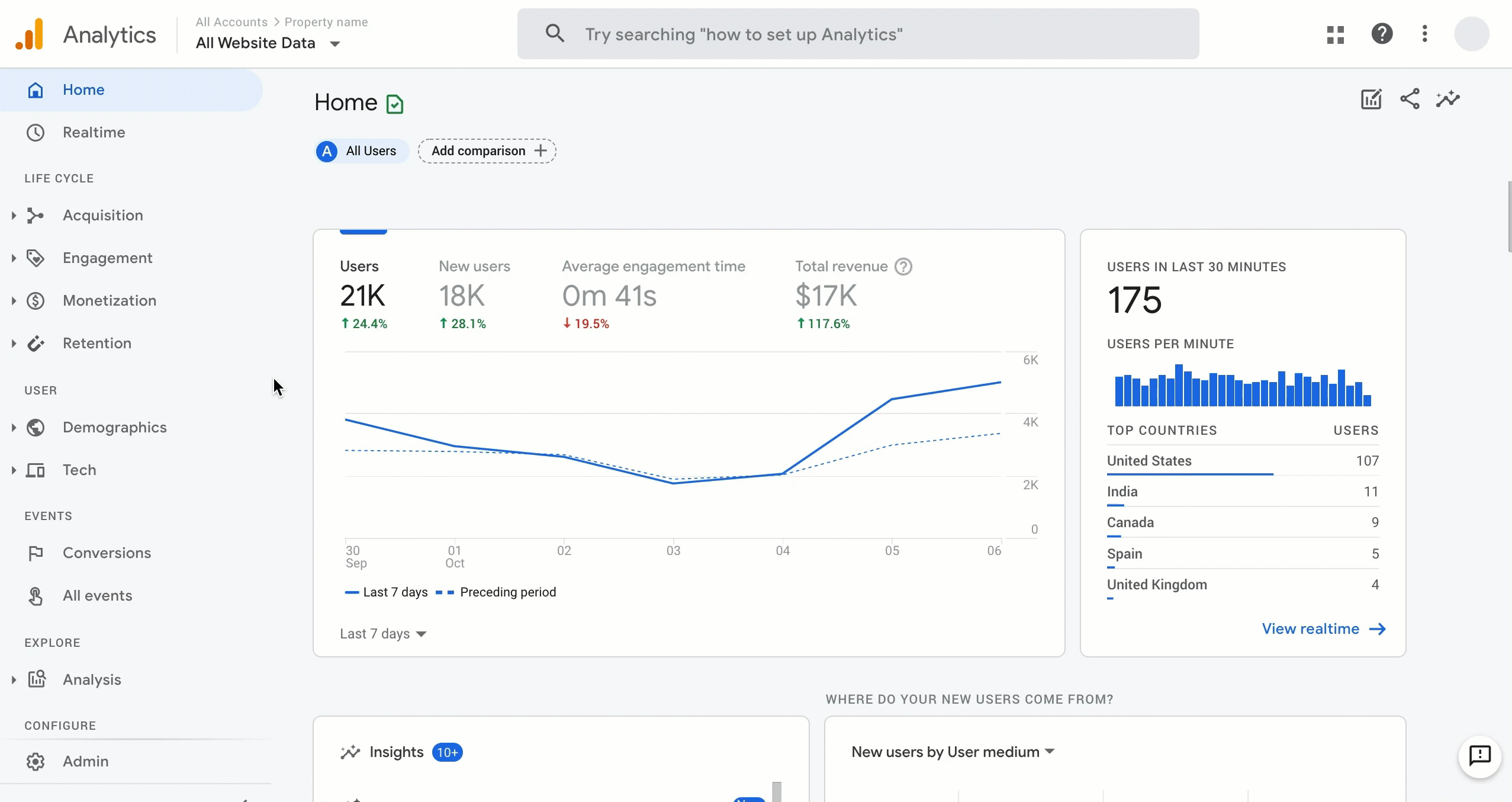
The New Google Analytics 4 and Getting Ready For What’s Next.
With recent changes in consumer behavior and privacy-driven modifications to long-standing industry standards, today’s analytics aren’t keeping up. According to a Forrester Research poll, marketers ranked improving their use of analytics as a top priority, and current solutions made it difficult to obtain a full picture of the customer and extract insights from their data.

The new Google Analytics 4 is built for marketing further down the road. AI-assisted data gathering is one of the main features of Google Analytics 4. Privacy concerns are restricting the other data alternatives marketers have in collecting certain types of insights about their audiences.
The data gaps caused by new privacy restrictions result in missing insights about customers. But the Google Analytics 4 AI fills in the holes. The new AI algorithms essentially ‘guesses’ what the missing information is and fill in those blanks.
According to the recently published article by Google, the new analytics is built for the long term.
Now is the time to invest in your digital marketing basics, like smarter analytics, so you can be ready for what comes next. This will also help you respond to rising consumer expectations, regulatory developments, and changing technology standards for user privacy. With a new approach to data controls, you can better manage how you collect, retain and use your Analytics data. More granular controls for ads personalization let you choose when to use your data to optimize your ads and when to limit your data use to measurement. And of course, we continue to offer users control over sharing their activity with Google Analytics.
Because the technology landscape continues to evolve, the new Analytics is designed to adapt to a future with or without cookies or identifiers. It uses a flexible approach to measurement, and in the future, will include modeling to fill in the gaps where the data may be incomplete. This means that you can rely on Google Analytics to help you measure your marketing results and meet customer needs now as you navigate the recovery and as you face uncertainty in the future.
Read the full article – blog.google.com
Overall the new analytics customer-centric metrics give you a better perspective of how your customers interact with your business. Where previous metrics were fragmented by device or platform the new analytics employs a variety of identity spaces, including marketer-supplied User IDs and unique Google signals from users. The goal is to provide you as a marketer with a more comprehensive view of how your consumers engage with your brand.
Listen to a short audio excerpt from 'My Digital Story Podcast' describing working with TDM and recent business growth.












